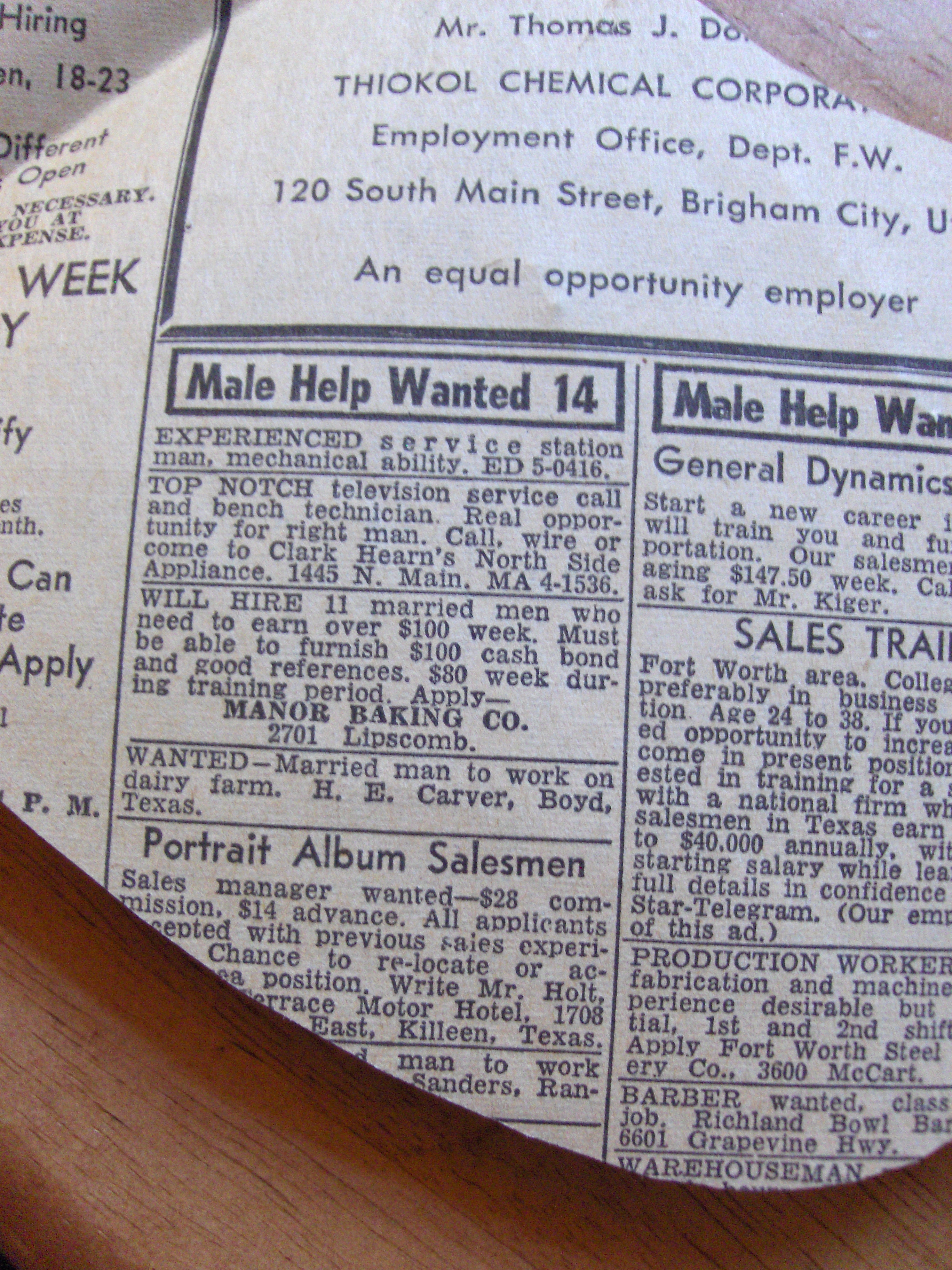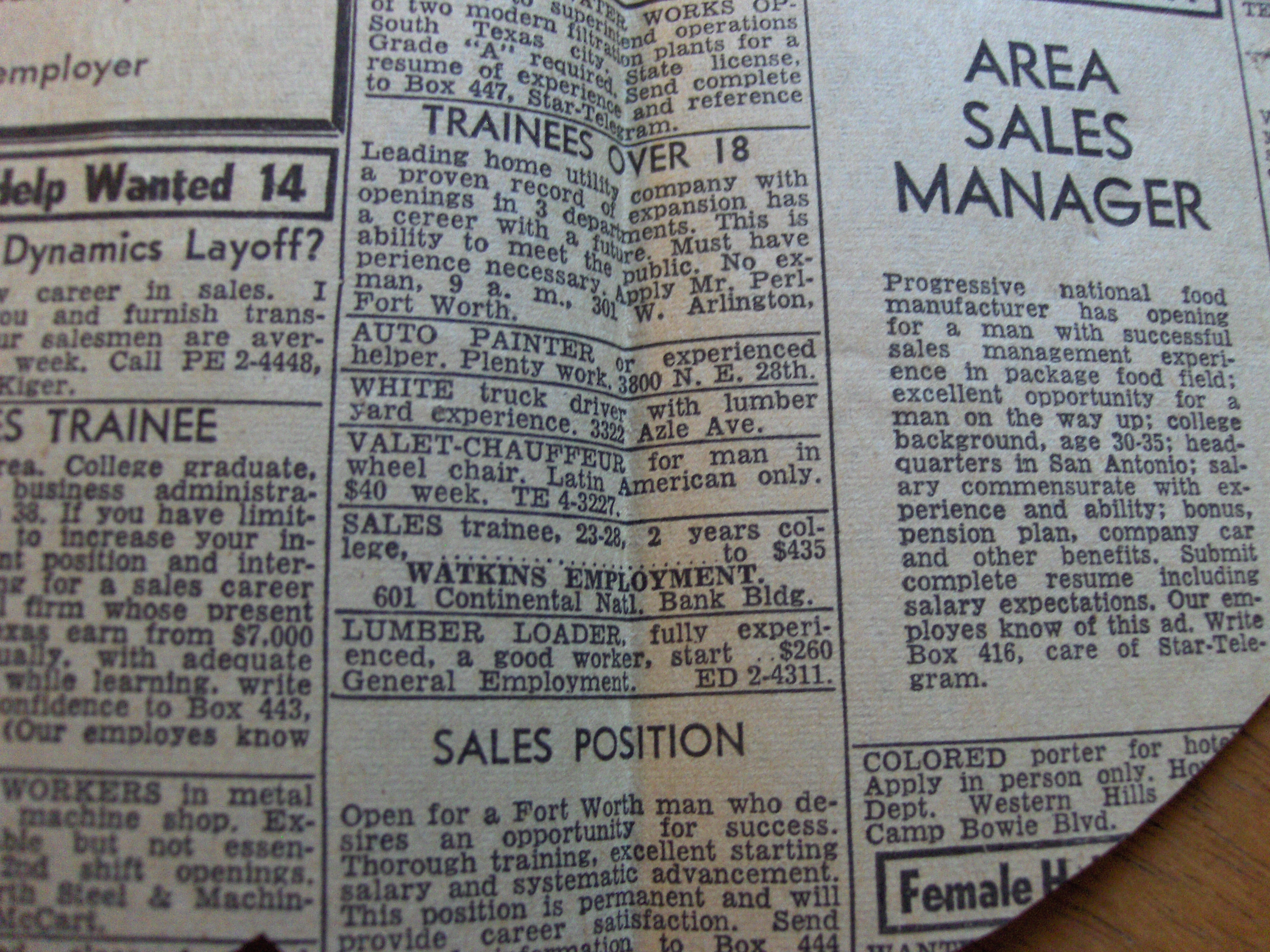Commercial dressmaking patterns from previous decades are domestic material texts in which there has been a surge of popular interest in recent years, thanks to the international selling, buying, and swapping communities and opportunities fostered by the internet. I was prompted to post something here after discovering within such a recent purchase a fascinating supplementary fragment of material text, pictured here. For those unfamiliar with the process of making one’s own clothes at home, it is worth explaining that dressmaking patterns usually consist of tissue paper templates and a printed sheet of measurements and instructions, inside an illustrated envelope. Templates can be reused again and again, and it is perfectly possible to find patterns from over fifty years ago that are still in very good condition. Written details are often charmingly of their era; a 1950s pattern by Butterick for a ‘Cape Yoked Blouse of Many Moods’ for example is described on the envelope as ‘A blouse with a wonderfully split personality designed for wear morn to eve. (A) Afternoon in town blouse with below-elbow, puff sleeves. (B) Dinner appetizer with deep cut yoke, short sleeves. (C) Sleeveless morning casual.’
What I discovered inside my late 1950s dress pattern was a fragment of a local newspaper from a town in Texas, presumably originating from the same time. A previous user of this pattern had slightly altered the shape of one of the pieces and traced out her new design on a sheet of newspaper. As you can see, the page from which this pattern piece was made is the ‘Classifieds’ section. The adverts printed here give us a sense of the society in which the former user of this pattern lived, and at one level it is nothing special – this is the ordinary kind of literature about truck drivers and painters that we could all read in our local papers today (although if anyone could enlighten me as to what a ‘fountain girl’ did in a dairy I would be fascinated to know!). On closer inspection, though, it’s discomforting to the twenty-first century sensibility to notice jobs advertised specifically for ‘Colored Women’, or adverts which demand a ‘white man’ or ‘married men’. This fragment of newspaper is an everyday, disposable thing which at the same time preserves important details about a particular society at a particular moment in time – in this case, about race and gender. Part of the startling effect of this discovery, I think, is the way it embodies the intrusion of major historical and political narratives into the everyday domestic. Newsheets are ubiquitously recycled materials, paper that is reused when the printed matter on it is no longer thought to be relevant. Through her efficient re-using of a newspaper sheet, the user of this pattern preserves a fragment of history and communicates something textual to us now in a way that she never would have imagined.


